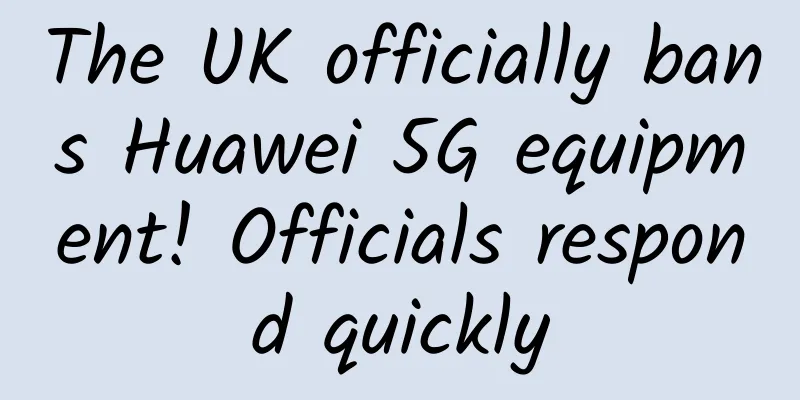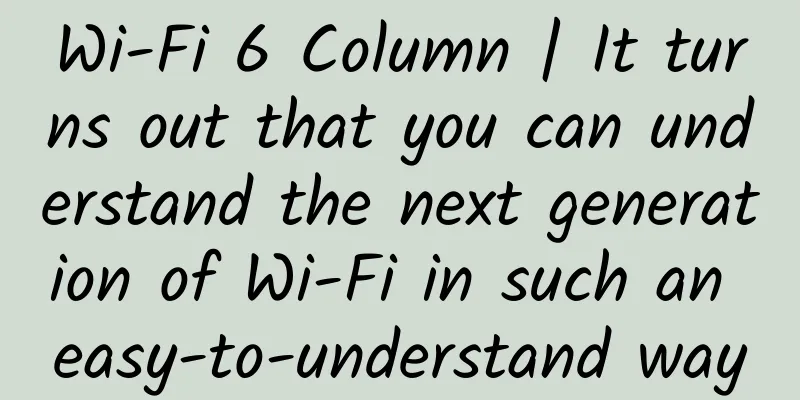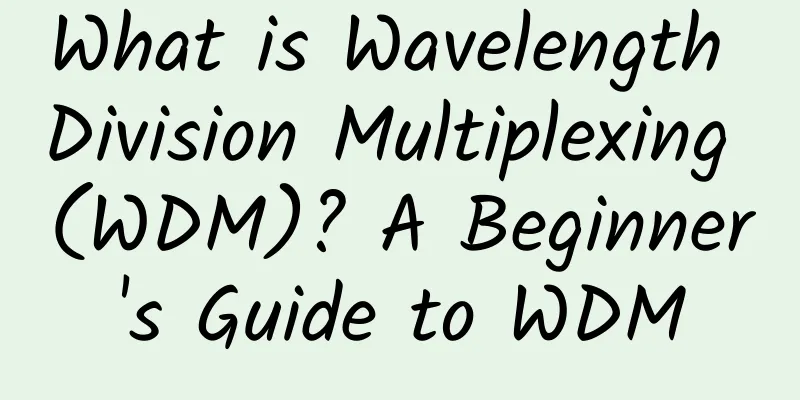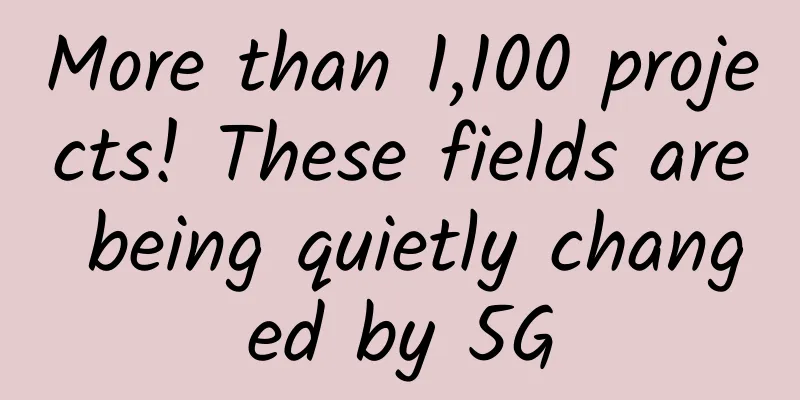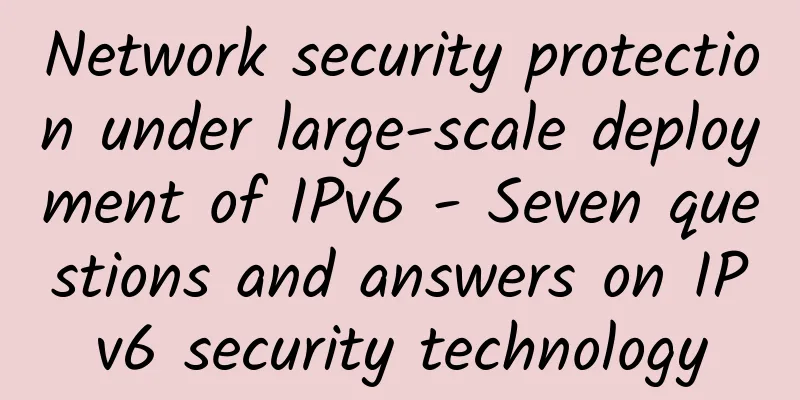What exactly is semantic communication?
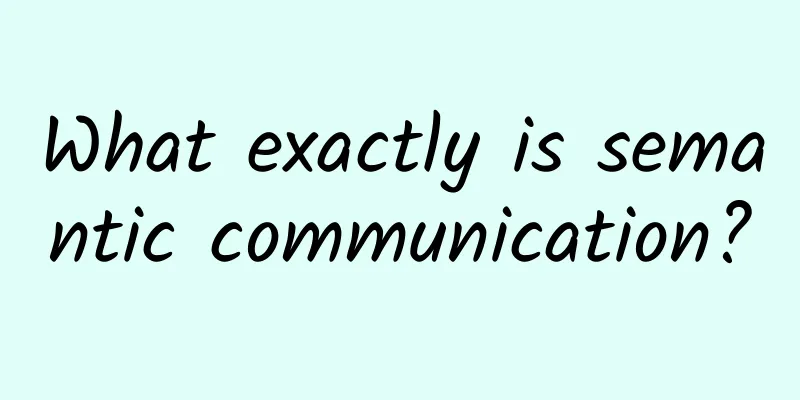
|
As we all know, since the outbreak of the information revolution, our amount of information (data) has been expanding. Text, pictures, audio, video... more and more data is constantly being generated, not only occupying our hard drive space, but also filling the entire communication network. These data make our work and life more convenient and also promote the progress and development of society. After entering the 21st century, stimulated by cloud computing, big data, the Internet of Things and artificial intelligence, the growth trend of data has become more intense. According to an IDC report, by 2025, the total amount of global data will reach 175ZB, which is approximately equal to 175 billion TB. The ITU predicts that the annual growth rate of global mobile data traffic will reach 55% in 2030. The data traffic in 2030 will be 100 times that of 2020. picture Faced with such a huge increase in traffic, existing human communication technologies are already struggling to cope. In 1948, the founder Claude Elwood Shannon published the classic paper "A Mathematics Theory of Communication", marking the birth of information theory. Later, in 1949, he published "Communication in the Presence of Noise", which clarified the basic problems of communication, gave a model of the communication system, and the famous Shannon formula. Since then, we have been conducting research on communication technology based on information theory and Shannon's formula. After more than 70 years of development, our communication technology has come close to the Shannon limit. Source coding technologies such as Huffman coding and algorithmic coding have compressed source data to the extreme. Channel coding technologies such as LDPC codes and polar codes have also made full use of channels. So what should we do next? Faced with the data flood in the era of the Internet of Everything, our high-quality spectrum resources are becoming increasingly scarce, and the hardware and energy costs are becoming increasingly high. How should we deal with it? Three levels of communicationEveryone might as well think about this calmly. All our efforts in communication technology seem to be doing one thing - sending symbols carrying information from the source to the destination completely, accurately and quickly. It's like a hardworking courier whose only mission is to deliver the goods given to him by the sender to the recipient intact and quickly. picture So, when there are too many goods and the courier really can’t carry them, will he have this thought: Is it really necessary to deliver all these goods? picture Maybe you have had this experience: You want to search for a good movie online. You pick one and spend a long time downloading it. But when you open it, you find it's not what you like. So you have no choice but to delete it. The network's hard work in transmitting data is not worthwhile, and your time is wasted. Yes, here we will think about what is the ultimate mystery of communication? In fact, our ancestors had considered this issue as early as the founding of modern communication theory. In 1938, American philosopher Charles William Morris proposed the theory of symbols. He pointed out that symbols should include the three concepts of syntax, semantics and pragmatics. After Claude Shannon proposed information theory, he and Warren Weaver extended and improved his theory and model. They co-authored a book, still called "A Mathematical Theory of Communication". They both realized the importance of semantics in communication, so they proposed three levels of communication, namely Level A/B/C. picture Level A: Grammatical communication, solving technical problems, that is, how to ensure the correct transmission of communication symbols; Level B: semantic communication, solving the semantic problem, that is, how the symbols sent convey the exact meaning; Level C: Pragmatic communication, which addresses the question of validity, i.e., how the received meaning affects the system behavior in the desired way. For a long time, classical information theory has been limited to the level of grammatical information transmission, namely Level A. In other words, we have been studying how to transmit data. Today, when traditional communications have reached a bottleneck, we can consider whether we can find a breakthrough in semantic communication. Characteristics of semantic communicationSemantic Communication is a task-based, “understand first, then transmit” communication method. It selectively extracts features, compresses and transmits the original signal, and then uses semantic level information for communication. If we regard traditional communication as formal communication, then semantic communication is "communication of meaning" and "communication of content". In other words: "Don't just work stupidly, use your brain more." What is the real purpose of communication? It is to let the other party understand what you mean. Speaking is just a way of expression. The words themselves are also for expressing meaning. So, there is no need to hold on to this sentence, but to see how to convey the meaning more efficiently. Academically speaking, reducing the receiver's uncertainty about information, or in other words, reducing the entropy of the received information to 0 so that the receiver can correctly understand the sender's information content, is "expressive" communication. When we communicate with strangers, we will notice that you need to give them a lot of instructions to make sure they understand you. But for people you are very close to, sometimes, a glance is enough. Isn't it? "You know" What is the difference between semantic communication and traditional source coding? Traditional source coding is the compression of information itself, which looks for patterns in data and simplifies data through algorithms. However, semantic communication focuses on "understanding and digestion" and emphasizes "intelligence". Architecture of a semantic communication systemSemantic communication can significantly reduce data traffic and improve communication efficiency. So, how does it work? Semantic communication is still in its early research stages, and different research teams have different semantic communication architecture designs. Moreover, for different types of communications (text communication, image communication, audio and video communication, etc.) and communications with different purposes (whether there is a specific task or not), there will also be different semantic communication models and architectures. An early model was to superimpose semantic communication on the traditional classical communication system. picture At the transmitting end, the information generated by the source is first sent to the semantic extraction module to generate a semantic representation sequence. Then, it is sent to the semantic source encoder to compress and encode the semantic features. Then, it is sent to the channel encoder. Finally, it enters the transmission channel. At the receiving end, channel decoding is performed first, followed by semantic decoding. The resulting semantic representation sequence is sent to the semantic recovery and reconstruction module to finally obtain the source data. The middle channel part is realized by traditional classical communication. Another representative model is the source-channel joint coding, which is more holistic and comprehensive. picture As you can see, compared with traditional communication, semantic communication has an additional knowledge base. In fact, some models do not have a knowledge base and are directly based on the semantic encoder. More system models are based on knowledge bases. The performance and accuracy of system models are highly dependent on the knowledge base. The knowledge base is a bit like a code book. If the knowledge bases at both ends are inconsistent, then semantic communication cannot work properly. Unlike a code book, the knowledge base is not fixed in content and in a single form. The knowledge base is composed of many semantic knowledge graphs, divided into multiple levels, which can model entities, concepts, attributes and the relationships between them in the real world. To conduct semantic understanding based on the knowledge base, we need the "intelligence" we mentioned earlier. Who is the best person to do this job? Of course it is AI artificial intelligence. In simple terms, it is to let AI complete the work of semantic understanding. The semantic encoding and decoding module is based on a knowledge base trained with massive data. It fits the semantic features through a deep learning network and can efficiently extract and reconstruct semantic information. This is also the reason why semantic communication has begun to be mentioned again in the past decade or so. As early as 1956, French physicist L. Brillouin pointed out that classical information theory ignores semantic communication because of engineering needs (basic needs must be solved first), but it does not mean that people should always ignore semantic information. Nowadays, on the one hand, traditional information theory has encountered a bottleneck, and on the other hand, AI artificial intelligence technology is becoming increasingly mature, so the time is ripe for us to re-propose semantic communication. It is particularly worth mentioning that AI can help semantic communication, and conversely, semantic communication is also very suitable for the development of artificial intelligence. Everyone should be able to understand that communication between entities of the same type is often easier to simplify, just like communication between people is definitely simpler than communication between people and cows. In the future, we are moving towards intelligence. After AI is applied in large quantities, there will be many intelligent agents. There will be a large demand for communication between these intelligent agents. Semantic communication is AI "translation" itself, which will definitely have greater advantages for intelligent agent communication. Challenges of semantic communicationThe industry is optimistic about the development prospects of semantic communication. However, it is not easy to put this technology into practical use and truly realize its value. First of all, the basic theoretical system of semantic communication is not perfect. Shannon's information theory laid the theoretical foundation for traditional grammatical information. He used a simple logarithmic formula to clearly define information (entropy); using Shannon's formula, he also defined the channel capacity boundary of grammatical communication. For semantic communication, no one has yet completed these two important tasks. Compared with grammatical communication, semantic communication lacks rigorous mathematical representation and solid theoretical basis. The information measurement method for semantic communication is not particularly clear at present. Traditional grammatical communication has indicators such as bit error rate and packet loss rate to measure service quality. Semantic communication focuses on "expression" rather than "precise transmission", so these indicators are not applicable. In semantic communication, only macro-task completion quality or semantic accuracy can be used to evaluate system performance. Speaking of accuracy, this is the second big problem in semantic communication. With current technology, even with the use of AI, it is still impossible to achieve perfect accuracy. Semantic recognition and recovery are much more difficult than imagined. The third question is the applicable scenarios. Communication is a complex task. Data is diverse, including structured data and unstructured data. Text, pictures, audio and video, as well as some specific communication tasks are mixed together, making it difficult to extract semantics with the help of a limited knowledge base. For example, if we use the knowledge base of industrial manufacturing scenarios to conduct semantic communication in agriculture, forestry, animal husbandry and fishery scenarios, it will definitely not work. However, how should the boundaries of communication scenarios be accurately divided? The knowledge base also involves a fourth issue, which is security. In reality, how can we maintain two highly consistent knowledge bases? If we transfer the knowledge bases, will there be any leakage? How can we ensure that the knowledge bases are not invaded or disturbed? In short, semantic communication still faces many challenges. These are still theoretical research issues. If it is industrialized in the future, there will be more problems. Research Progress on Semantic CommunicationAs mentioned above, semantic communication is still in the early stages of research. Since 2010, the research on this concept has been gaining popularity. in the country, many universities have built some semantic communication models and made initial progress. The most representative ones are Academician Zhang Ping of Beijing University of Posts and Telecommunications and his team. Around 2022, they proposed a new semantic information representation model - Semantic Basis (Seb) to meet the needs of 6G's intelligent evolution. Semantic base is the basic organizational unit of semantic information, similar to Shannon's bit in the traditional information theory system. It organizes information in a more structured, simplified and flexible way, providing a new perspective for describing semantic information related to network intentions. They also proposed a "one-side, three-layer (semantic intelligence plane, semantic physical bearer layer, semantic network protocol layer, semantic application intent layer)" intelligent network protocol architecture for 6G, which provides an important reference for the research on semantic communication. In addition to universities, some companies are also involved in the research and practice of semantic communication. Taking China Mobile as an example, they cooperated with Tsinghua University to develop a conversational video semantic transmission solution for facial scenarios, which was applied in China Mobile's Safe Rural Network with good results. Compared with traditional H.264 encoding, for face scenes, semantic communication reduces the bit rate to 10-20% while maintaining the same user experience, that is, even down to 3KB, a clear and smooth experience can be achieved. ConclusionIn summary, semantic communication technology has huge research potential. It is a major change in the design ideas and concepts of communication systems, and it is likely to completely subvert our existing information and communication technology system. Looking to the future, whether semantic communication is a mule or a horse, let time tell us the answer. |
<<: Which is better, Wi-Fi6, Wi-Fi6E or Wi-Fi7?
>>: Microcables – an excellent solution for denser and faster fiber deployments
Recommend
Wi-Fi encryption is useless. Is it not important to have no money, so just "run naked"?
Yes, you read that right. With the exposure of th...
Goodbye 2G, hello 5G
[[403376]] This article is reprinted from the WeC...
ReadyDedis: 50% off on all VPS, 1GB memory package starting at $2 per month, 8 data centers available
ReadyDedis is a foreign VPS business established ...
Network | Why is the speed of 4G getting slower and slower?
Have you noticed that when you upgrade from 2G or...
ExtraVM: 1Gbps unlimited traffic VPS starting at $3.5 per month, AMD Ryzen series, multiple computer rooms available
ExtraVM is a foreign VPS service provider founded...
Kingsoft Cloud wins "IPv6 Support Excellence Award"; all cloud products have IPv4/IPv6 access capabilities
Recently, the "GNTC 2020 Global Network Tech...
Thirty years of changes and evolution of Internet core protocols
When the Internet began to be widely used in the ...
Megalayer: US CN2 line VPS annual payment 159 yuan, Hong Kong VPS annual payment from 199 yuan
Megalayer is a hosting provider founded in 2019 a...
Gigsgigscloud Japan CN2 Special Package Simple Test
The day before yesterday, we shared the product i...
The changing world of ICO: What are the prospects for blockchain and virtual currency?
There have been many major events recently, rangi...
Deepin Technologies was invited to attend the first Feiteng National Ecosystem Partner Conference
On December 19, 2019, Hangzhou DPtech Co., Ltd. (...
In 2020, China's network market: routers benefit from new infrastructure, and the Internet industry increases investment in switches
Recently, IDC released the "2020 Network Mar...
Huawei's Intelligent IP Network Solution Creates a Simplified 5G Bearer Network
At the HAS Analyst Conference recently, Chen Jinz...
People's Daily: 5G+Industrial Internet releases multiplier effect
5G is an important direction for the upgrade of t...
The Bluetooth market will grow steadily in the future, and the Bluetooth SIG will continue to make efforts
On April 15, the Bluetooth Special Interest Group...
